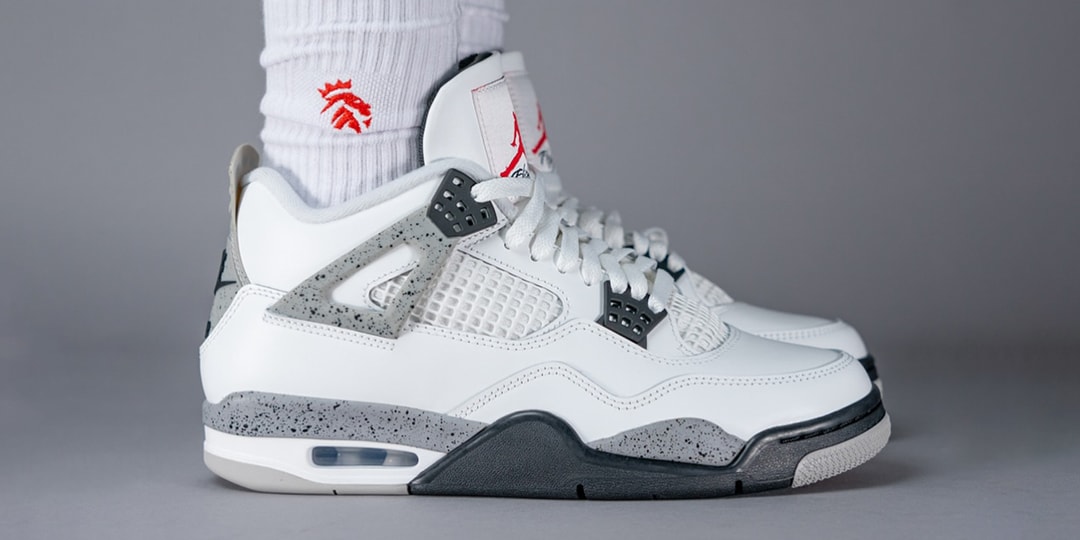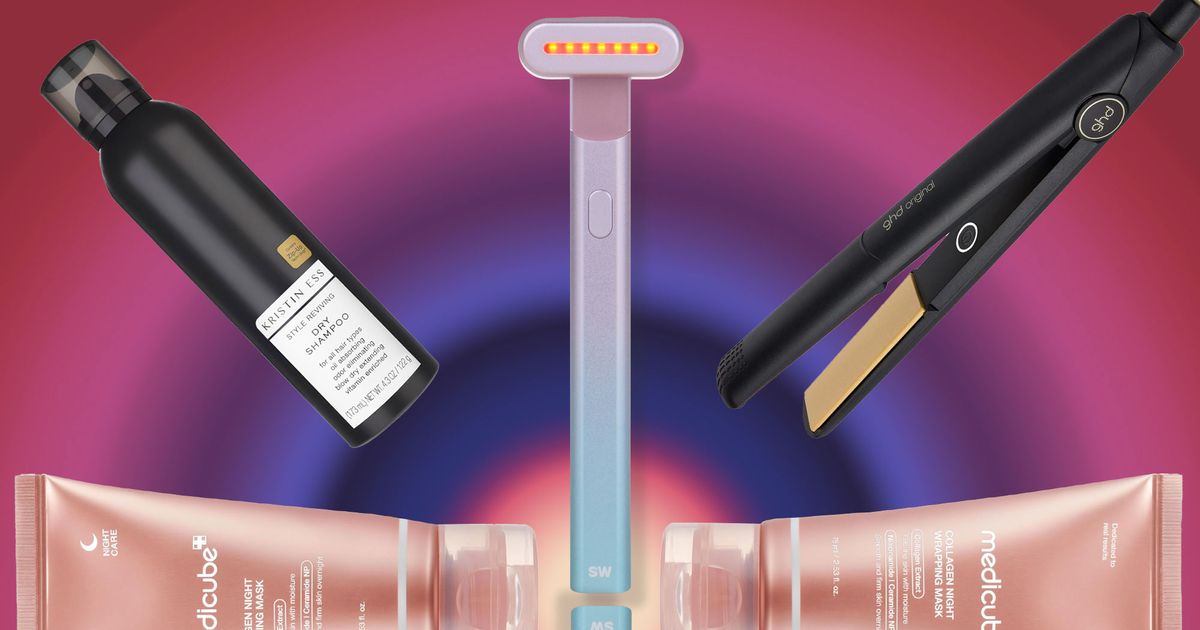The best ways to use your Chase 5/24 slots
Editor’s note: This is a recurring post, regularly updated with new information and offers. Due to Chase’s restrictions on credit-card applications, the smartest move for building your credit card strategy is opening credit cards from Chase before moving on to cards issued by other banks. One such restriction you may encounter is Chase’s 5/24 rule. …

Editor’s note: This is a recurring post, regularly updated with new information and offers.
Due to Chase’s restrictions on credit-card applications, the smartest move for building your credit card strategy is opening credit cards from Chase before moving on to cards issued by other banks.
One such restriction you may encounter is Chase’s 5/24 rule. This Chase rule (that isn’t published externally but is still very real) says you’ll automatically be rejected for a new card if you’ve opened five or more credit cards in the last 24 months across all banks.
If you’re not familiar with the 5/24 rule, I strongly suggest starting with this guide to see which cards are counted and which cards it affects.
The consequence of this rule (coupled with the fact that Chase issues some of the best credit cards on the market) is that people who are new to travel rewards should start with Chase cards before moving on to cards from other issuers.
Today, we’ll look at the best ways to use up your five slots with Chase.
Which Sapphire card is right for you?
The first thing you want to consider when building a multi-card strategy is which card will serve as your anchor. This is the one card you would keep if you had to discard the rest. It needs to be a card that offers strong bonus categories, transferable points and a decent selection of perks and benefits.
Chase offers two of the best anchor cards on the market, although you’re only allowed to hold one of them at a time: the Chase Sapphire Reserve® (see rates and fees) and Chase Sapphire Preferred® Card (see rates and fees).
If you’re starting from scratch, in 99% of cases we recommend the Sapphire Preferred or a Sapphire Reserve as your first card. You can check out this guide to help you pick between the more entry-level Sapphire Preferred and the premium Sapphire Reserve, but here’s a concise overview:
| Card | Chase Sapphire Preferred Card | Chase Sapphire Reserve |
| Annual fee | $95 | $550 |
| Earning rates |
|
|
| Welcome offer | Last chance to earn 100,000 Ultimate Rewards points after you spend $5,000 on purchases in the first three months of account opening. This offer ends May 15 at 9 a.m. EDT. | Earn 60,000 bonus points after you spend $5,000 on purchases in the first three months from account opening |
| Point value for Chase Travel redemptions | 1.25 cents | 1.5 cents |
| Credits |
|
|
| Lounge access | N/A | Access to Sapphire lounges by the Club and a Priority Pass Select membership |
| Other benefits | Complimentary membership and spending credits with DoorDash (activate by Dec. 31, 2027) |
|
| Authorized user fee | $0 | $75 |
Related: Chase Sapphire Preferred credit card review
A taste of Freedom
Welcome offers come and go, so you’ll need a card that gives you strong bonuses in useful everyday categories to keep those points rolling in for years to come. Chase offers two great cards in this category.
Although they’re technically cash-back cards, you can convert your rewards into fully transferable Ultimate Rewards points if you also hold a premium Ultimate Rewards card like the Sapphire Preferred, Sapphire Reserve or Ink Business Preferred® Credit Card (see rates and fees).
The Chase Freedom Flex® (see rates and fees) and Chase Freedom Unlimited® (see rates and fees) don’t have annual fees, you can keep them open forever without paying anything out of pocket and take advantage of all their earning potential.
For the long term, the Freedom Unlimited offers 1.5 points on everyday spending, with no caps to worry about. The Freedom Flex offers 5% back on your first $1,500 spent in rotating quarterly bonus categories (activation required).
The Freedom Flex categories rotate each quarter but have historically included retailers such as gas stations, internet, cable and phone services, select streaming services, grocery stores, department stores, restaurants and more.
You do need to register your card every quarter for the rotating bonus earnings, but Chase (and TPG) will send you plenty of reminders. Additionally, both the Freedom Flex and Freedom Unlimited offer 5% back on travel purchases in Chase Travel, 3% on dining, 3% at drugstores and 1% on other purchases.
Between everyday spending on the Freedom Unlimited and the 5% bonus categories on the Freedom Flex, most people can fit one or both of these cards into their rewards plan.
Related: Credit card showdown: Chase Freedom Flex vs. Chase Freedom Unlimited
The incredible value of Ink business cards
Many people who are in the early stages of building a credit card strategy with Chase make the assumption that they won’t be eligible for a small-business card. Chase business cards don’t count toward your 5/24 total, but you must be under 5/24 to be approved.
Although Chase has been known to ask for documentation of your business activity (including, but not limited to, proof of an Employee Identification Number or bills demonstrating business activity), you might be surprised to learn that you qualify for a business credit card if you have a part-time tutoring or child care job, sell products on eBay or Etsy or a host of other side-hustle activities.
Don’t ignore Chase’s lineup of Ink business credit cards or you might not be able to get them later. If there’s any way you can get an Ink card, you may want one to round out your perfect Chase Trifecta.
Normally largest welcome bonus currently available from Chase doesn’t come from the ultra-premium Sapphire Reserve — it comes from the Ink Business Preferred Credit Card.
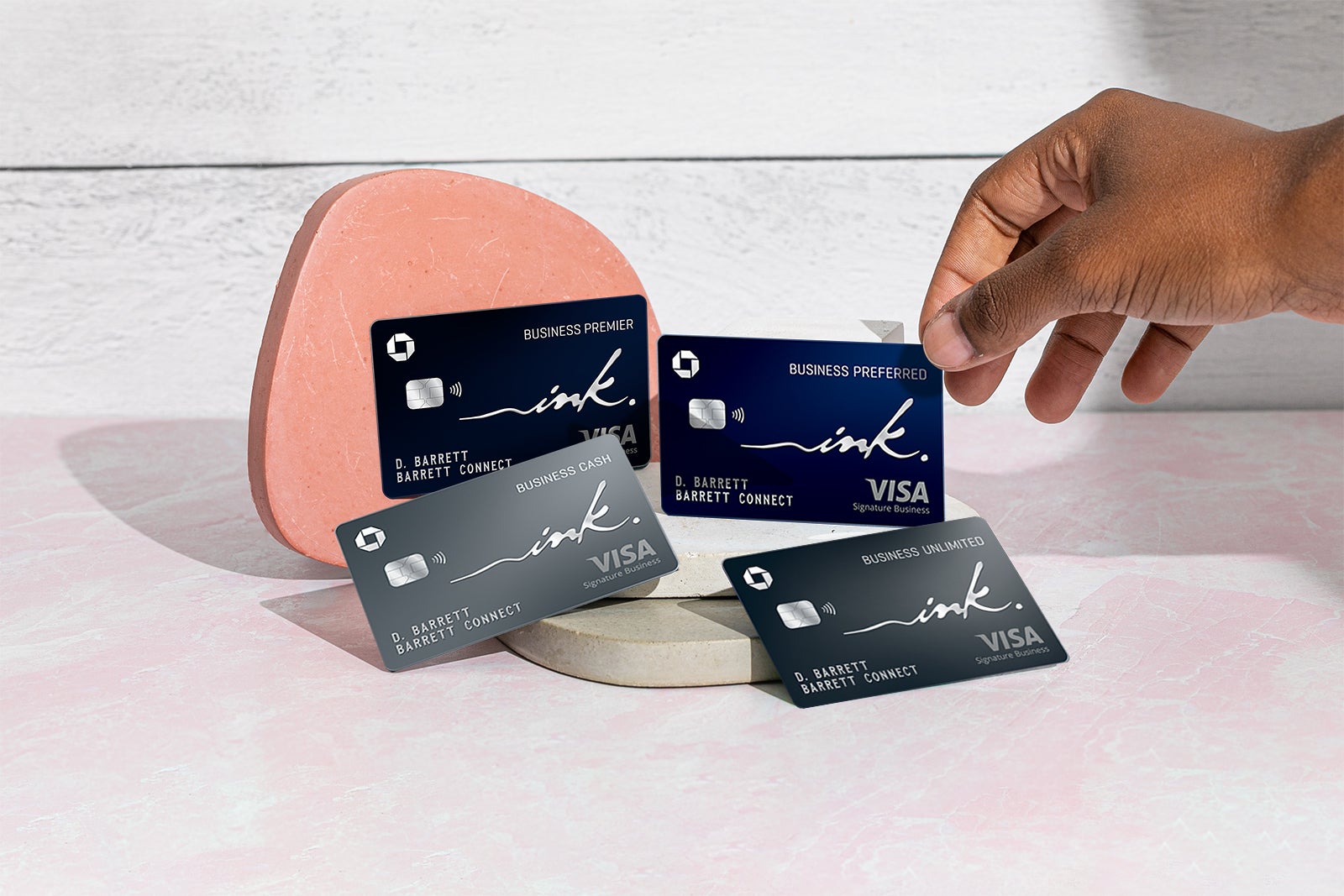
Cardholders can earn 3 points per dollar on the first $150,000 spent each account year across the following categories: travel, shipping purchases, internet services, cable services, phone services and advertising purchases with social media and search engines. Other purchases will yield 1 point per dollar.
The Ink Business Preferred has a $95 annual fee and offers a 25% bonus when redeeming points through Chase Travel.
For a complete breakdown of all the different Ink Business credit cards, make sure to check out this guide.
Related: Business credit cards that don’t count under Chase’s 5/24 rule
Adding an airline credit card
Whilst your first priority with your 5/24 slots should likely be Ultimate Rewards-earning cards, Chase also offers a number of great cobranded airline and hotel cards for you to pick from. If you’ve secured a Sapphire card, a Chase Freedom Unlimited or Freedom Flex and an Ink card or two, you should still have three spots remaining before passing 5/24. You should look at Chase’s lineup of airline and hotel credit cards next.

With airline credit cards, your first thought may be the airlines you fly most often. Credit card bonuses could help you earn the Southwest Companion Pass, after all.
However, airline miles aren’t necessarily related to the airline you want to fly on for your next vacation. While a credit card can help you get free checked bags on your next flight, it’s also possible to use United miles for a flight on Lufthansa, for example.
Which hotel card should you get?

Many people are partial to one hotel chain over another. If you’re starting from scratch, however, it’s worthwhile to read our guides to these hotel programs to decide which one might be best for you:
Consider where you plan to travel and which hotels are available there. Also consider how these programs (and their associated credit cards) will reward you with bonus points, free night awards and elite status benefits from not just your travels but also your spending habits.
Related: What to do after you reach 5/24
Bottom line
The Chase 5/24 rule can sometimes feel like a punitive restriction, but it can help you narrow the field of cards to pick from first as you round out your ideal wallet. You can mix and match the bonus categories as you see fit, but remember that most people only get one shot at applying for Chase cards.
Thus, you should pick long-term keepers and not waste valuable wallet slots on frivolous applications.
Related: How to calculate your 5/24 standing





































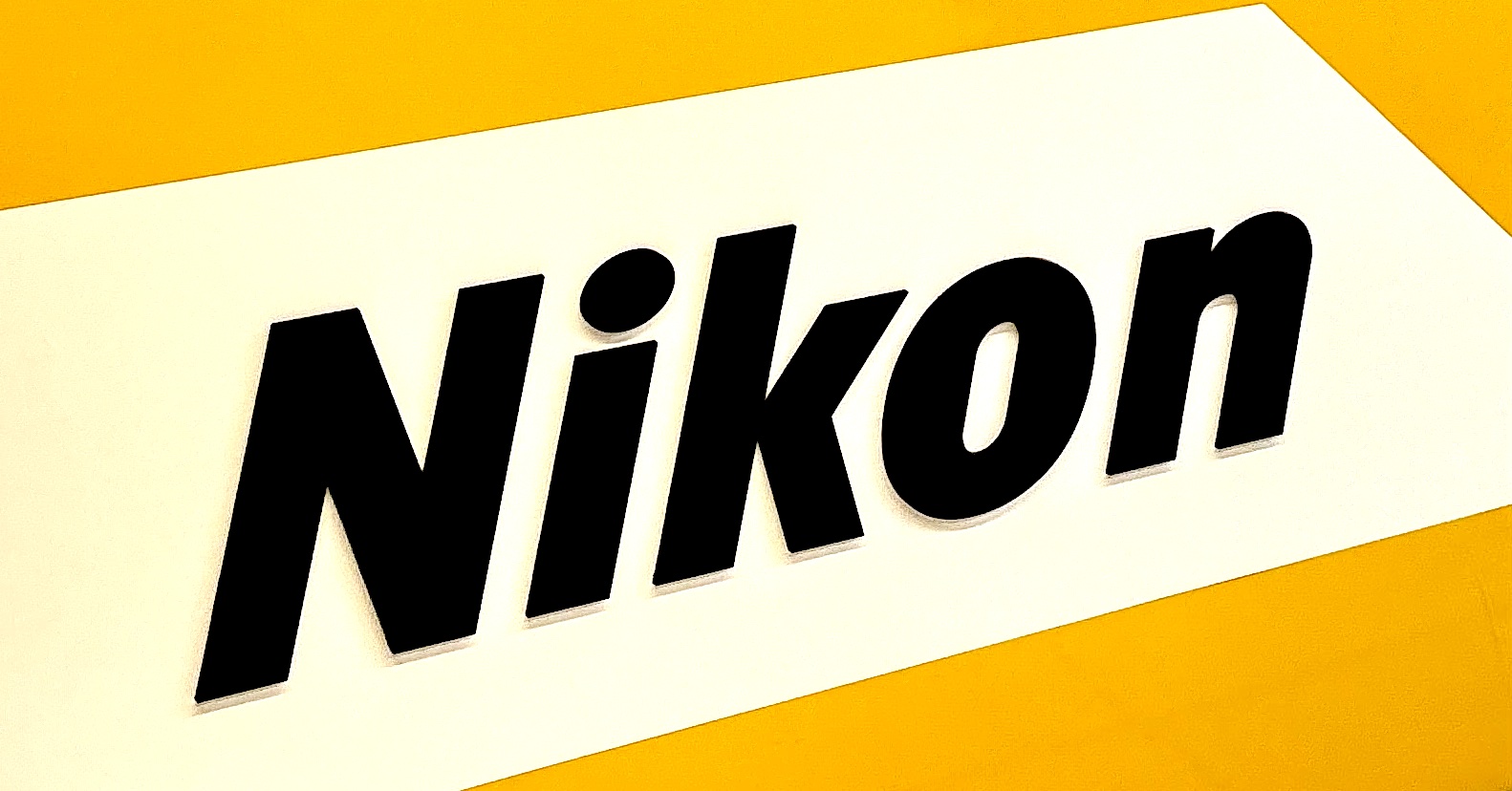
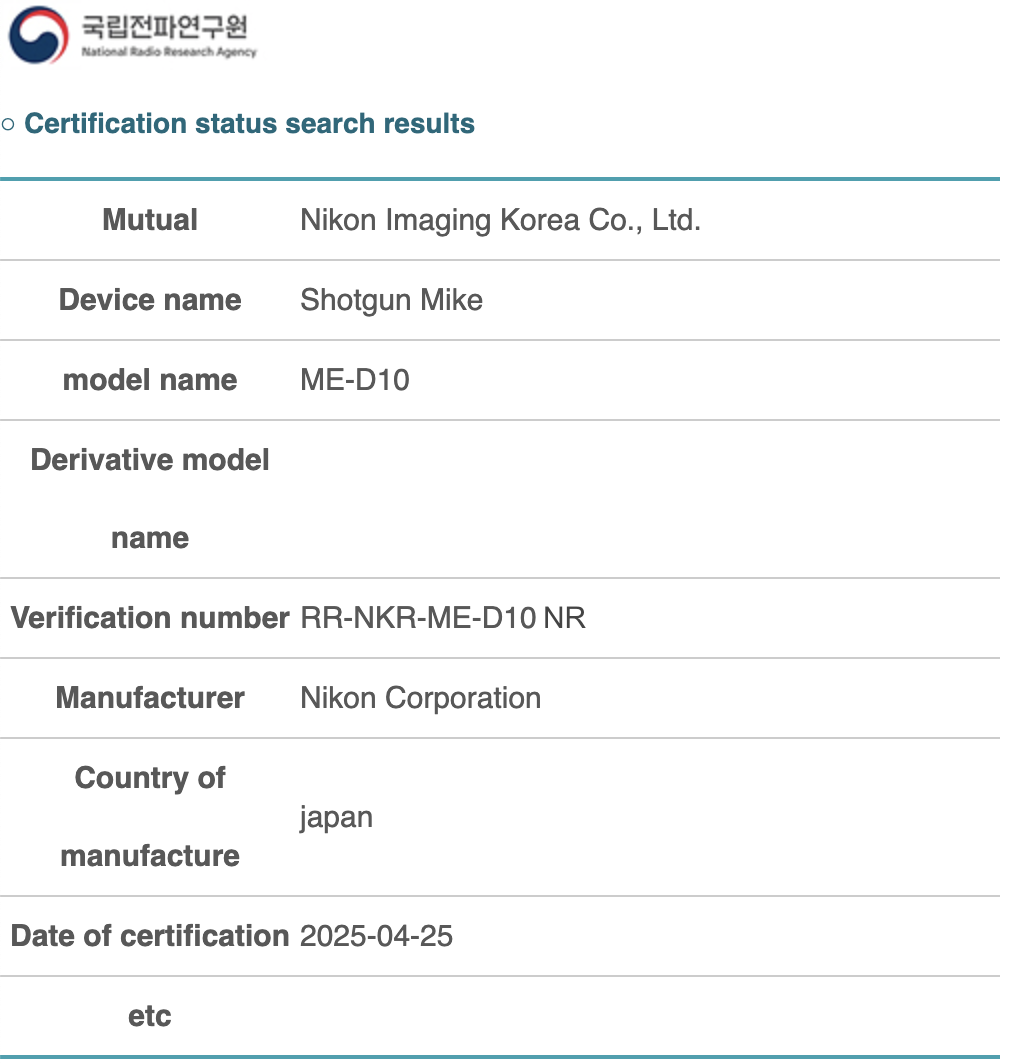



























-Mafia-The-Old-Country---The-Initiation-Trailer-00-00-54.png?width=1920&height=1920&fit=bounds&quality=70&format=jpg&auto=webp#)










































































































